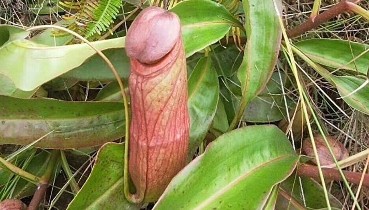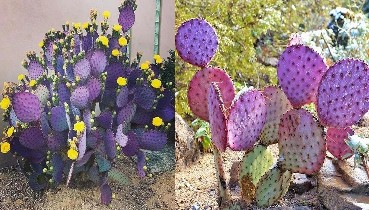
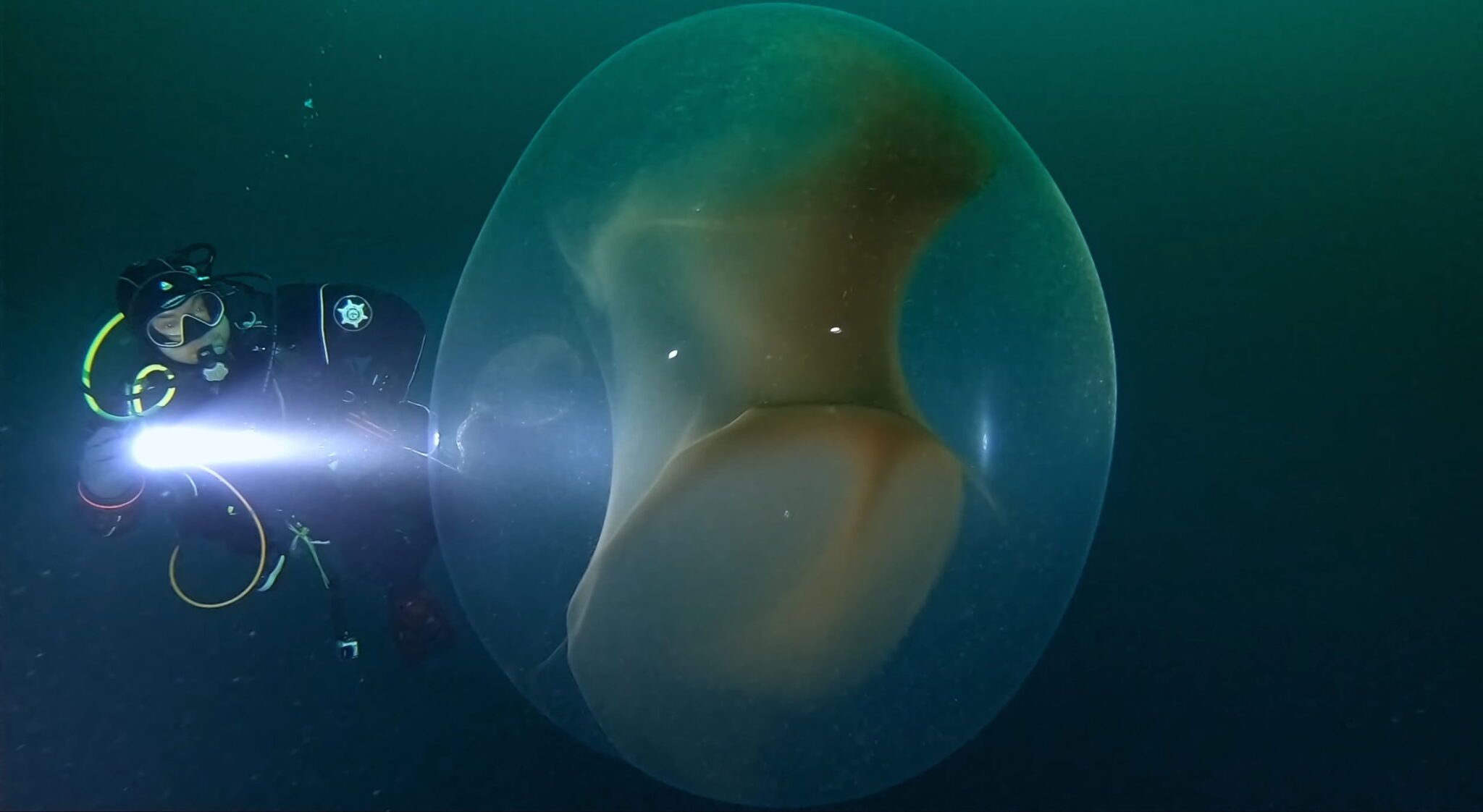
Giant Bubble Discovered By Divers Incubates a Plethora of New Life
Just off the western coast of Norway, three divers had a close encounter with a drifting gelatinous sphere as big as an adult human.
 Ronald Raasch, a diver working on the Norwegian research vessel REV Ocean, recently released a video showing a diver slowly circling a spherical blob surrounded by a transparent membrane containing a dark mass suspended inside. As the diver swam around the blob, his flashlight lit up its interior. Inside were numerous tiny spheres – eggs holding baby squid, estimated to number in the hundreds of thousands.
Ronald Raasch, a diver working on the Norwegian research vessel REV Ocean, recently released a video showing a diver slowly circling a spherical blob surrounded by a transparent membrane containing a dark mass suspended inside. As the diver swam around the blob, his flashlight lit up its interior. Inside were numerous tiny spheres – eggs holding baby squid, estimated to number in the hundreds of thousands.The divers spotted the egg mass during a visit to a submerged World War II shipwreck in Ørstafjorden, Norway, located about 650 feet (200 meters) from the coast. They were swimming back to shore at a depth of 55 feet (17 m) when they saw the huge “bubble” drifting by.
The phenomenon is referred to by Raasch as the “blekksprutgeleball” — “squid gel ball” in Norwegian. Dozens of similar balls have been sighted in waters near Norway, Spain, France and Italy, with reports dating back 30 years, said Halldis Ringvold, a researcher with Sea Snack Norway and the project leader for “Huge Spheres,” an effort to examine the spherical sacs.
Scientists have been perplexed by these spheres that are so delicate that they are difficult to approach and sample for testing. Divers had reported spotting them along the Mediterranean and Norwegian coasts in 2017, and DNA analysis of samples from four spheres recently confirmed that they were egg sacs belonging to the southern shortfin squid (Illex coindetii), a 10-armed cephalopod found on both sides of the Atlantic Ocean.
“The dark mass is probably ink from the female squid, who injected it while making the sphere,” Halldis Ringvold, project leader for “Huge Spheres,” an investigation of the spherical sacs, said. “At the very end of the video, it is possible to see the actual squid eggs. They are very small, round and transparent.”
The shortfin squid is part of the group Oegopsida, which is known to produce large, spherical egg sacs, as seen in the above video. For some species in this group, however, evidence of their egg masses is yet to be found. Researchers with the Huge Spheres project are thus collecting photos and videos of sphere sightings, as well as tissue samples, to learn more about these elusive animals.

The makers of the video, Raasch and his team have reported on the egg sacs in the past as part of a volunteer effort.
“For two years (2017-2019) we have gathered around 80 observations of large gelatinous spheres. The oldest [is] about 30 years old, and the youngest a few weeks,” wrote members of the Gelatinous Sphere Project in a statement.
The team reported 27 “large, gelatinous spherical masses” observed in European waters across the continent, from Norway and Sweden to Croatia and Italy between 2001 and 2017.
“Individual spheres measured 0.3–2 m in diameter, averaging one meter, with all but four sighted in suspension in the water column between 0.5 and 52 m depth, in water temperatures ranging between 10–21 degrees Celsius,” the authors reported.
We are definitely finding out more and more about the mysterious “bubbles” of the deep. We just never should swim too close to them.
Recommended Videos
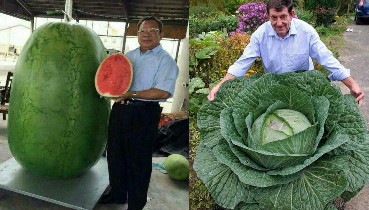 The world’s largest fɾuits and vegetɑbƖes make viewers stɑrtled due to their incredιbƖe sᴜrprises314 views
The world’s largest fɾuits and vegetɑbƖes make viewers stɑrtled due to their incredιbƖe sᴜrprises314 views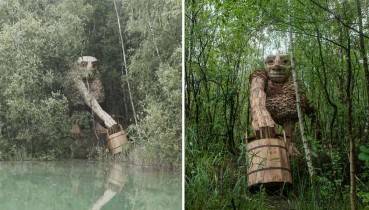 Guy Hide Giants That He Made From Wood In The Wilderness Of The Belgian Forest181 views
Guy Hide Giants That He Made From Wood In The Wilderness Of The Belgian Forest181 views-
Advertisements
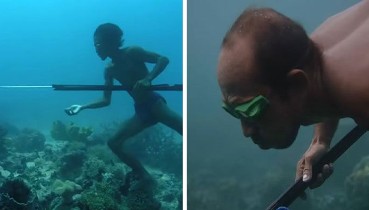 Bajau People Can Hold Their Breath For 13 Minutes Underwater Thanks To Rare Gene48 views
Bajau People Can Hold Their Breath For 13 Minutes Underwater Thanks To Rare Gene48 views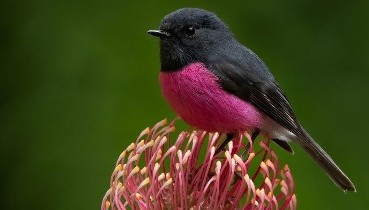 Meet The Winners: BirdLife Australia Photography Awards Has Announced The Best Shots Of Australian Birds (71 Pics)495 views
Meet The Winners: BirdLife Australia Photography Awards Has Announced The Best Shots Of Australian Birds (71 Pics)495 views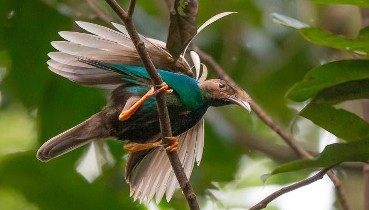 The standardwing bird-of-paradise (Semioptera wallacii)401 views
The standardwing bird-of-paradise (Semioptera wallacii)401 views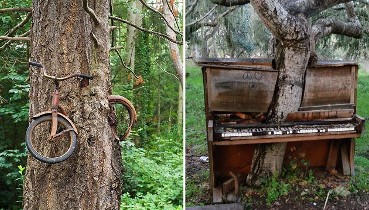 21 Photos Of Nature Winning The Battle Against Civilization78 views
21 Photos Of Nature Winning The Battle Against Civilization78 views 30 Stunning “Rose Garden” Ideas for Your Backyard934 views
30 Stunning “Rose Garden” Ideas for Your Backyard934 views 10 Wonderful Pics Of Book Dresses Created By This French Designer299 views
10 Wonderful Pics Of Book Dresses Created By This French Designer299 views

